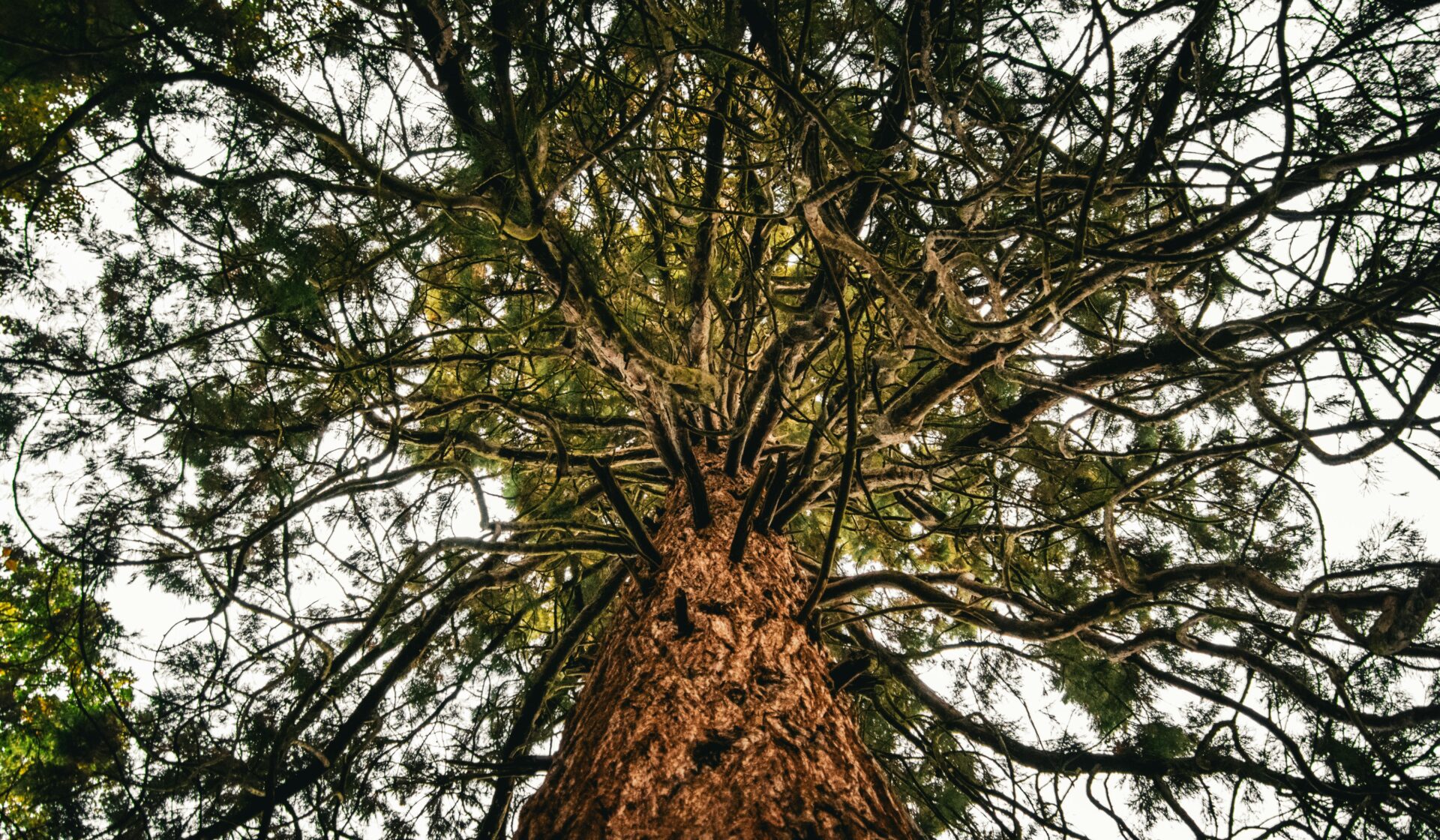There are an estimated half a million sequoias – the world’s largest trees – in Britain today, growing at a similar rate to those in California. Recent research has uncovered that this has the potential to tackle climate change by pulling an average of 85 kilograms of carbon from the atmosphere per year.
An estimated half a million endangered sequoias (Sequoiadendron Giganteum) – also known as giant redwoods – are ‘thriving’ in Britain today, compared to just 80,000 in their native home of California.
Living for up to 3,000 years and reaching up to 90 metres in height, they are among the largest trees in the world and are indigenous to the Sierra Nevada Mountain Range in America, where increasingly frequent and destructive wildfires are contributing to their rapid decline.
According to recent research by University College London (UCL), damp and drizzly weather in the UK provides the perfect climate for sequoias to flourish.
As a result, they’re growing at a similar rate to those in the US, despite the ecological differences between the two environments.
‘Where they grow in California, it’s cooler and moister than you would typically envisage California to be,’ says Dr Phil Wilkes, one of the study’s authors.
Latest paper out: Over 500k redwoods thrive in the UK, with more planted due to their popularity. Yet, in the wild, they are endangered, with less than 80k remaining in their native California. https://t.co/SQbbFCefMG https://t.co/1bIQixXiyD
— KewGIS (@KewGIS) March 13, 2024
‘And we have a reasonably similar climate here – it’s very wet and they need the moisture to grow.’
UCL’s findings, which were published in the Royal Society Open Science journal, also reveal that the abundance of giant redwoods in Britain has the potential to tackle climate change by pulling an average of 85 kilograms of carbon from the atmosphere annually.
This is because trees soak up and store greenhouse gases and planting more of them can play an integral role in reducing the impacts of rising temperatures.
‘Giant redwoods are some of the most massive organisms on Earth and in their native range make up some of the most carbon-dense forests in the world due to their great age,’ says lead author and geospatial analyst, Ross Holland.





















